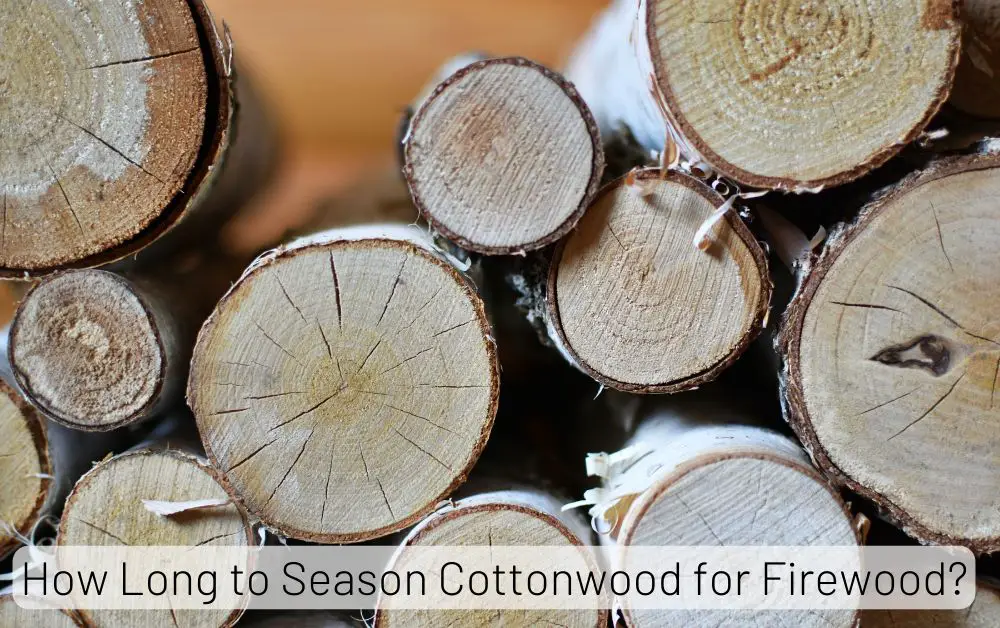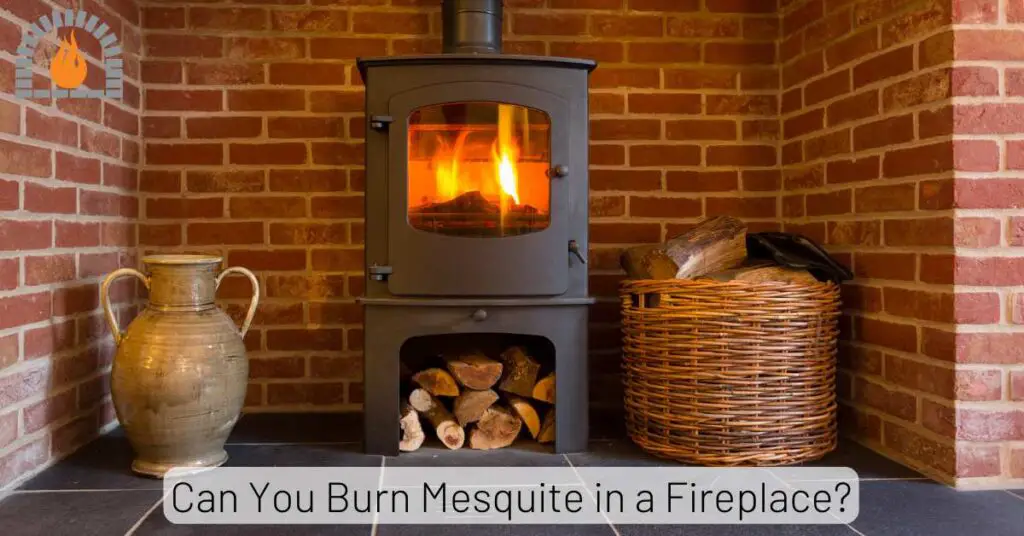As the allure of a crackling fire beckons during chilly evenings, many homeowners and outdoor enthusiasts often find themselves pondering the various types of wood suitable for burning. Among the lesser-known contenders is sumac wood, a species that may evoke images of vibrant foliage rather than glowing embers. But can you burn sumac wood?
Overview
Sumac wood possesses distinct properties that influence its burning capabilities. Known for its moderate burn rate, sumac wood is suitable for various heating and cooking purposes. However, it has a lower energy content (BTU) and a higher moisture content, which can lead to increased smoke and sparking.
| Characteristic | Value/Description |
|---|---|
| BTU Content | Moderate |
| Moisture Content | Should be well-seasoned, around 20% or lower |
| Nature of Smoking | Can produce moderate smoke, may have a pleasant aroma |
| Sparking | Generally low, but may vary based on the specific wood |
| Popping | Moderate |
| Ease of Splitting | Relatively easy, sumac is not as dense as hardwoods |
| Ease of Seasoning | Quick seasoning time, around 6-12 months depending on conditions |
Understanding Sumac Wood:
Sumac wood, derived from the Sumac tree, is known for its unique characteristics. It’s essential to grasp the composition of sumac wood before considering it as a viable option for burning.
Sumac wood is dense and rich in natural compounds, making it an exciting choice for those seeking an alternative to traditional firewood.
Can You Burn Sumac Wood?
Yes, you can burn sumac wood; however, it is not considered good firewood. Sumac wood typically has a lower energy content (BTU) and a high moisture content, resulting in increased smoke and sparking. Sumac tends to burn quickly, requiring frequent additions of wood to maintain a fire, which can be inconvenient.
Is Sumac a Good Firewood?
Sumac is generally not considered good firewood as it may pop, spit, and throw out embers. While some varieties of sumac, like smooth sumac (Rhus glabra), can technically be burned, several factors make it less than ideal for this purpose.
-
Low Energy Content: Sumac wood tends to have a lower energy content compared to hardwoods. This means it produces less heat when burned, making it less efficient for heating purposes.
-
High Moisture Content: Sumac wood often has a high moisture content, which can make it difficult to burn. Green or wet wood not only produces less heat but also generates more smoke and creosote, which can be harmful to your chimney and increase the risk of chimney fires.
-
Quick Burn: Sumac tends to burn quickly, requiring frequent additions of wood to maintain a fire. This can be inconvenient and may result in less sustained heat output.
Essential Considerations for Using Sumac Wood as Firewood
Sumac wood can be used as firewood, but there are several considerations you should keep in mind to ensure a safe and efficient burning experience. Here are some essential considerations:
Species of Sumac:
There are various species of sumac, and not all of them are suitable for firewood. Smooth sumac (Rhus glabra) and staghorn sumac (Rhus typhina) are two common types used for firewood.
Poison sumac (Toxicodendron vernix) should be avoided, as burning it can release toxic compounds.
Moisture Content:
Like with any firewood, it’s important to ensure that sumac wood is properly seasoned before burning.
Green or wet wood can produce more smoke, burn less efficiently, and contribute to the buildup of creosote in your chimney.
Seasoning Time:
Sumac typically requires a shorter seasoning time compared to denser hardwoods. Aim for a minimum of six months of seasoning, but longer is often better.
Split the wood to speed up the drying process.
Density and Heat Output:
Sumac is a softer wood compared to hardwoods like oak or hickory. While it may not produce as much heat as denser woods, it can still be a viable option for moderate heating.
Consider mixing sumac with other hardwoods for a well-balanced fire.
Burn Characteristics:
Sumac burns relatively quickly, so be prepared for more frequent additions to the fire. It can be suitable for kindling or shorter fires, but it might not be ideal for sustained, long-lasting heat.
Smoke and Aroma:
Sumac can produce a pleasant aroma when burned. However, the smoke can be irritating to some individuals, so it’s important to ensure good ventilation in the area where you’re burning sumac.
Local Regulations:
Check local regulations and restrictions regarding the burning of wood. Some areas have restrictions on the types of wood that can be burned due to air quality concerns.
Safety Precautions:
Follow standard safety precautions for using firewood.
Use a screen or glass doors on your fireplace to prevent sparks from escaping, and always have a fire extinguisher on hand.
Related Post: Is Eucalyptus a Good Firewood?
Affiliate Disclosure: Fireplaceadviser.com is a participant in the Amazon Services LLC Associates Program. We may earn a commission when you click on certain links on this site and purchase.

Hello!! I am Jamal Khan. I often fix my home electric heaters and gas stove problems and research the common issues in the heating units to improve my knowledge and expertise. The aim of establishing fireplaceadviser.com is to share my expertise and knowledge with my audience.


















